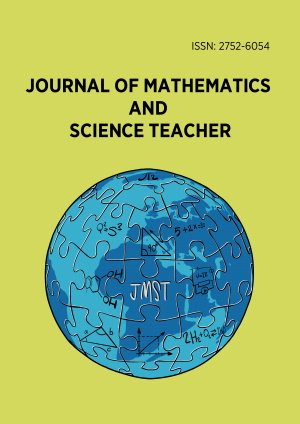Abstract
This study examined High School students’ error displayed in solving trigonometry problems. The literature revealed that trigonometry is difficult for students to understand and our paper contends that identifying students’ error and understanding how the errors occurred can serve as a point of reference for instructional decisions which will make the concept easier. The study uses a quantitative research techniques to explore students’ errors in solving trigonometry problems. Ninety students were sampled using multistage sample techniques. Trigonometry Achievement Test (TAT) was used in data collection. Descriptive statistics (figures and tables) was used to present the students’ error after content analysis was carried out and Modified Newman’s Error Hierarchy was used in classifying students’ error. The results revealed most students’ errors occurs at transforming, processing and encoding stages. Independent sample t-test was used to compare the errors committed by male and female students. Independent samples t-test of groups’ differences in means among male and female students indicated that, there was a significant difference in their mean scores at t(89) = 2.198, p < .05. Thus, female students’ level of committing errors in solving trigonometry problems was significantly higher than their male counterparts. The study recommends that Mathematics teachers should make the teaching of trigonometry practical and more activity-oriented to limit students’ error in solving trigonometry problem most importantly among the female students.
License
This is an open access article distributed under the Creative Commons Attribution License which permits unrestricted use, distribution, and reproduction in any medium, provided the original work is properly cited.
Article Type: Research Article
Journal of Mathematics and Science Teacher, Volume 1, Issue 1, 2021, Article No: em003
https://doi.org/10.29333/mathsciteacher/11076
Publication date: 13 Jul 2021
Article Views: 4931
Article Downloads: 11930
Open Access References How to cite this article
 Full Text (PDF)
Full Text (PDF)